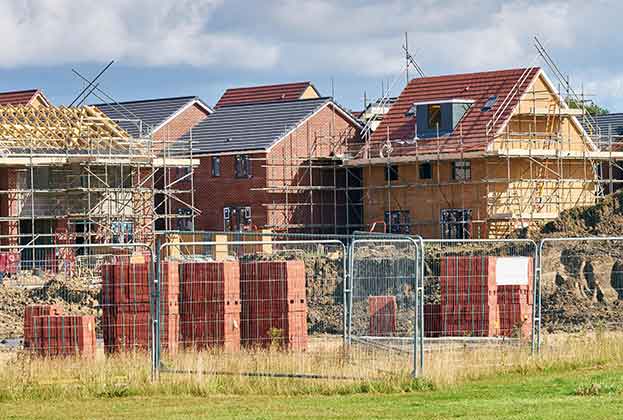When considering planning applications for new development Local Planning Authorities (LPAs) will assess proposals against planning policies contained in the development plan and other material considerations. One policy tool commonly applied by LPAs are Settlement Boundaries, sometimes also referred to as Development Limits.
Settlement Boundaries are normally defined on proposals or policies maps by a thick black line that tightly wraps around the physical built edge of a village, town or city.
In most cases, development plans support the principle of development at sites located within a Settlement Boundary as they are generally viewed as being sustainable locations. Stricter policy criteria are often applied for new development outside Settlement Boundaries (and therefore deemed to be in the ‘countryside’) and there may be a preference for certain types of development over others.
In such cases there is often a greater onus on Applicants to demonstrate that a particular form of development is appropriate, with reference to relevant national and local policies and other material considerations.
There will typically be provision within development plans to enable certain types of development to take place in areas outside Settlement Boundaries. Common examples of this include affordable housing to meet local needs, renewable energy, the expansion of employment sites and the conversion of buildings to alternative uses. At times where a particular LPA is unable to demonstrate an adequate supply of housing sites there may also be a justified case for open market housing or other forms of development.
Although Settlement Boundaries are a common planning policy tool, each LPA has discretion to apply them as they see fit to respond to their particular circumstances. As such it is important to understand the detail of what policies within the development plan say in respect of development inside or outside of Settlement Boundaries.
Further information
.jpg)



.jpg)


.jpg)

.jpg)
